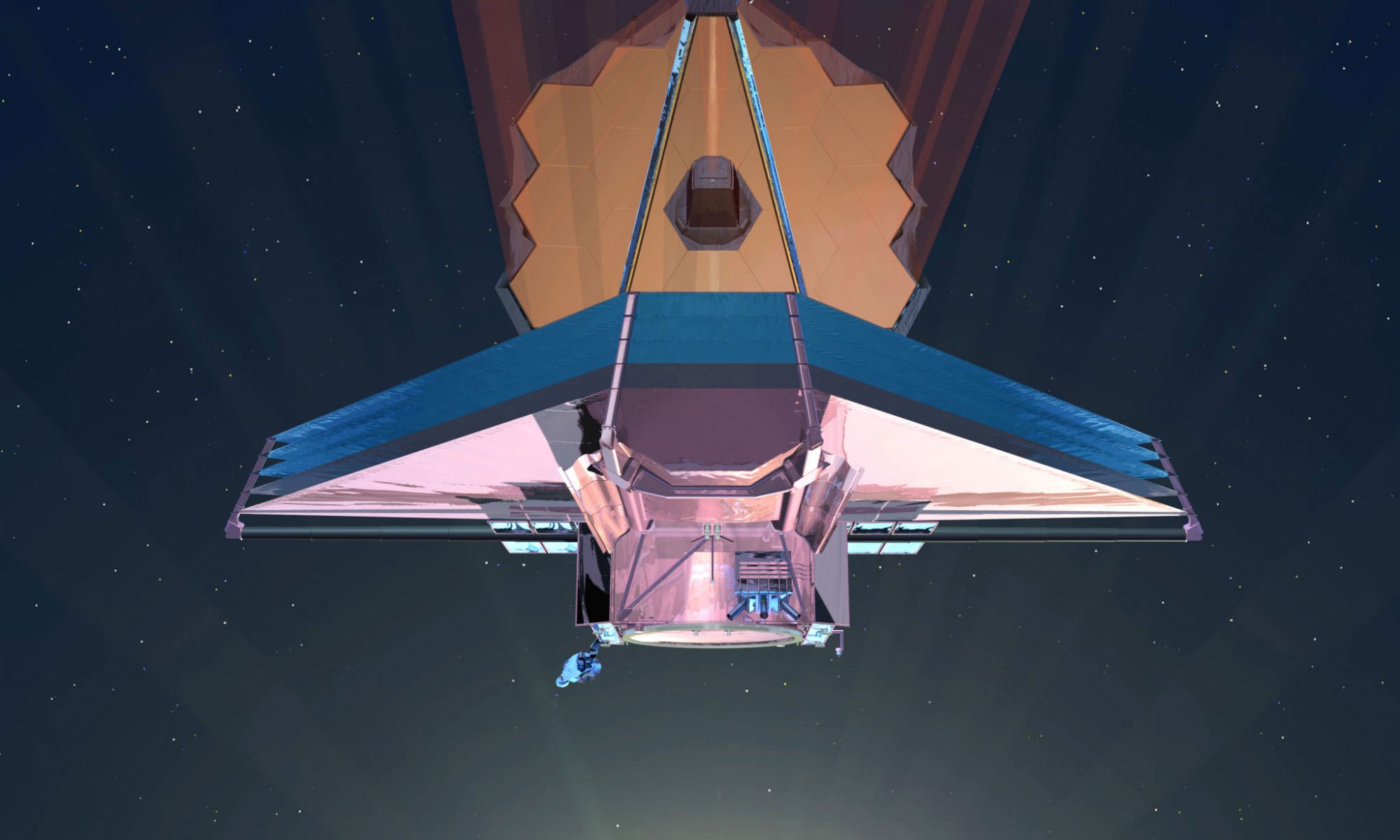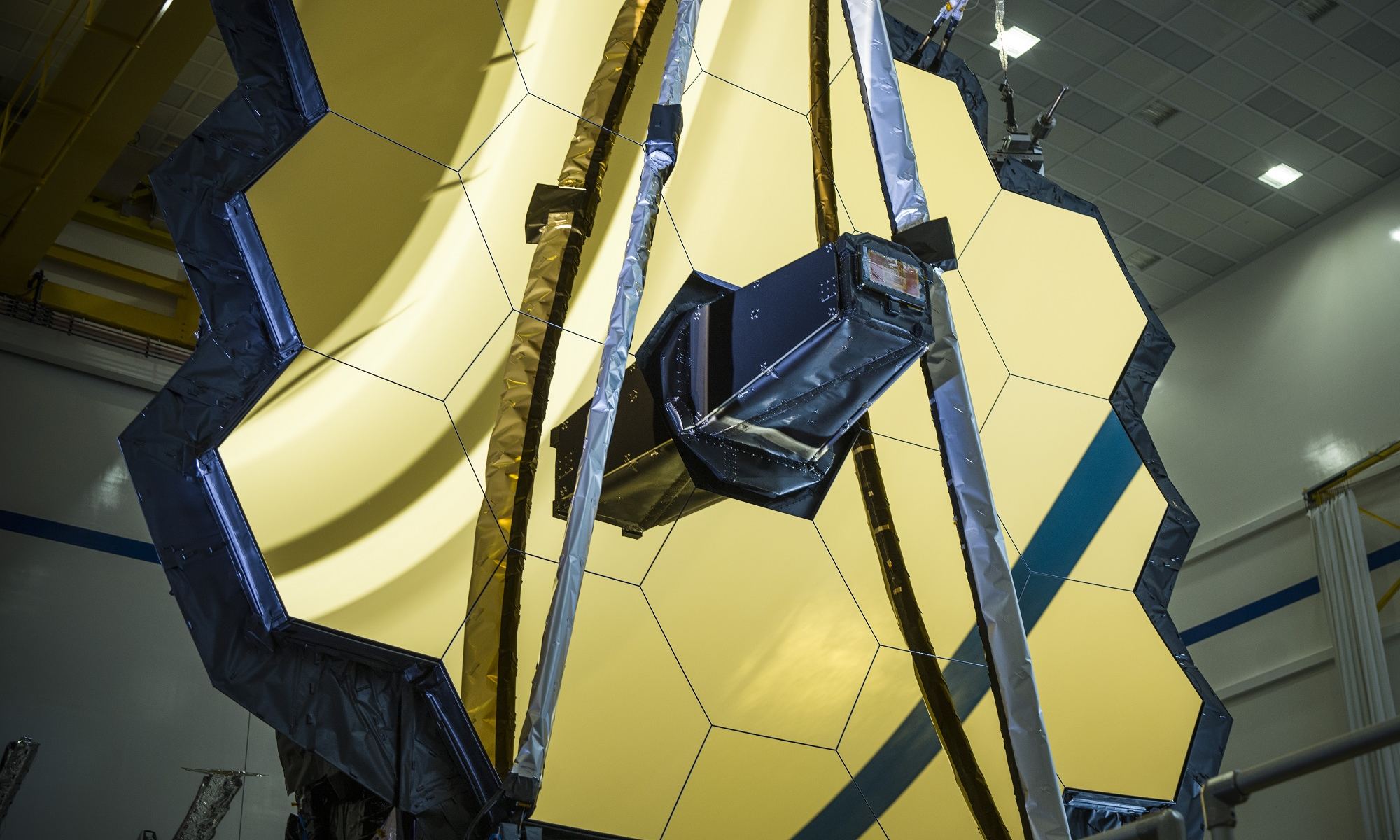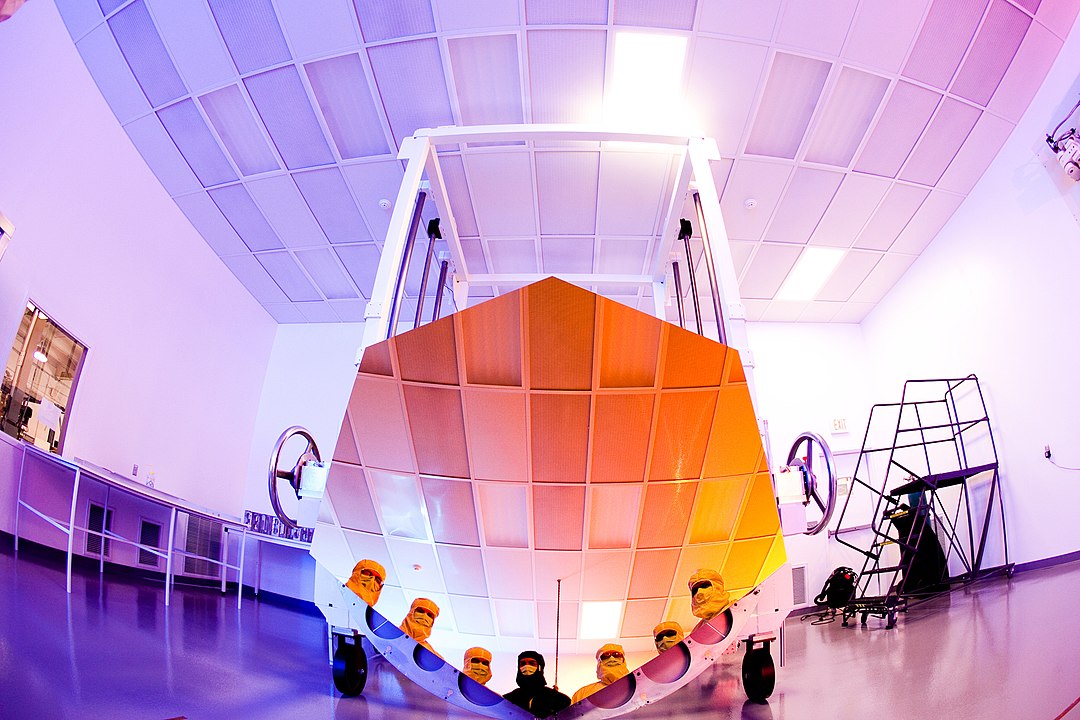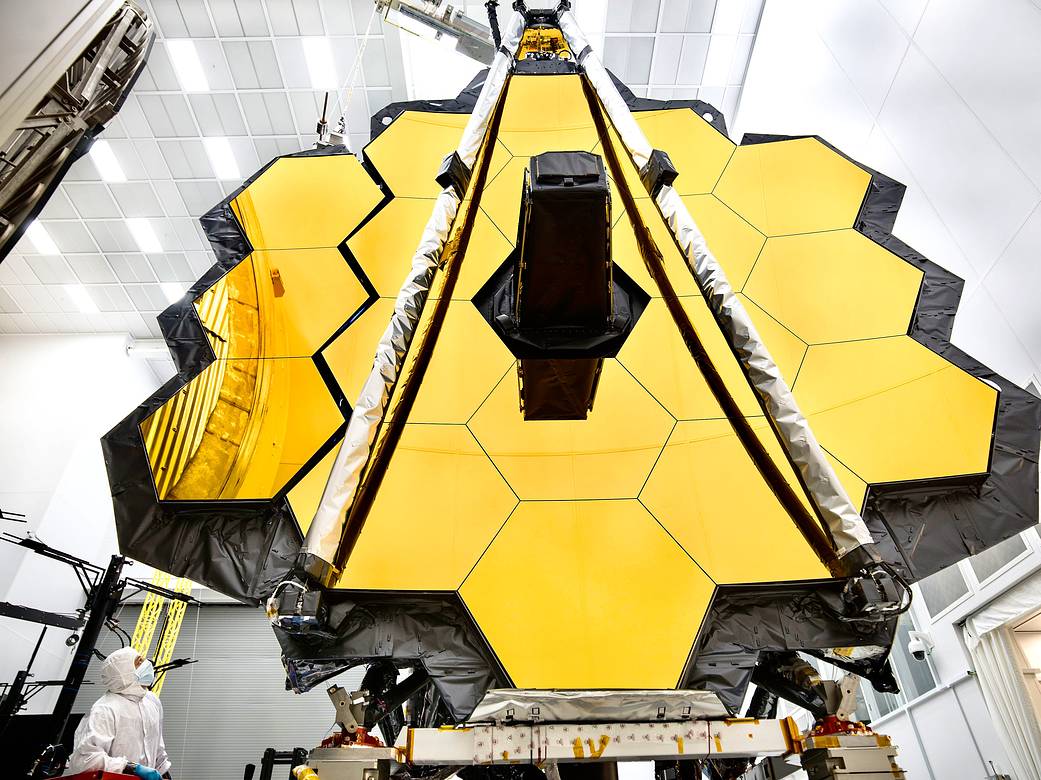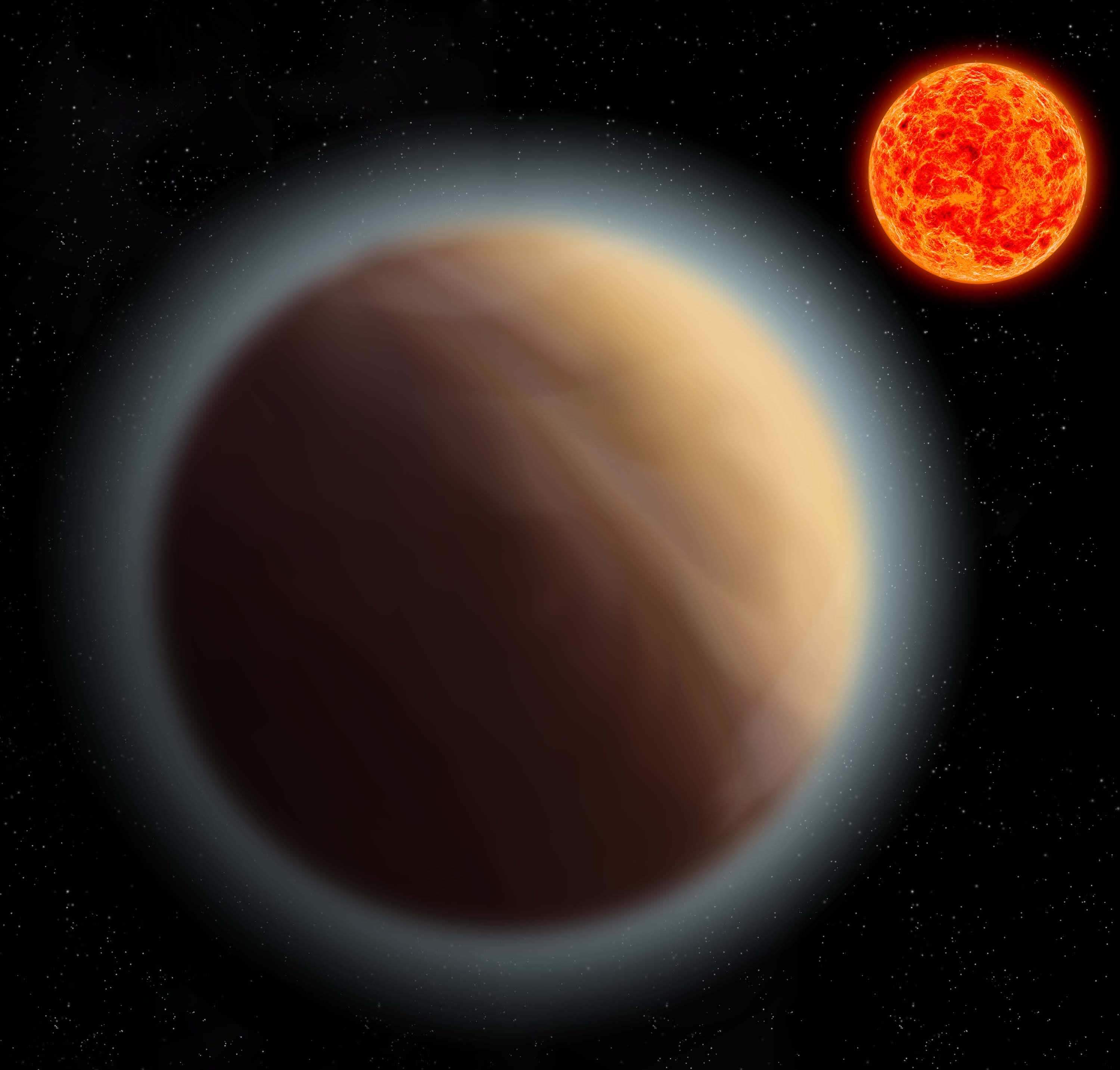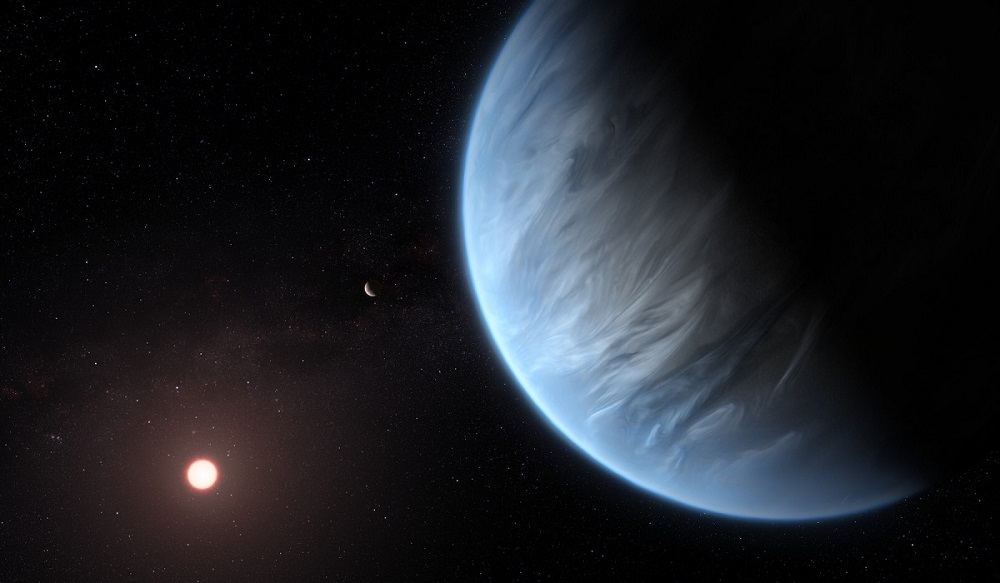In 2021, NASA’s next-generation observatory, the James Webb Space Telescope (JWST), will take to space. Once operational, this flagship mission will pick up where other space telescopes – like Hubble, Kepler, and Spitzer – left off. This means that in addition to investigating some of the greatest cosmic mysteries, it will also search for potentially habitable exoplanets and attempt to characterize their atmospheres.
This is part of what sets the JWST apart from its predecessors. Between its high sensitivity and infrared imaging capabilities, it will be able to gather data on exoplanet atmospheres like never before. However, as a NASA-supported study recently showed, planets that have dense atmospheres might also have extensive cloud cover, which could complicate attempts to gather some of the most important data of all.
Continue reading “How Will Clouds Obscure the View of Exoplanet Surfaces?”


